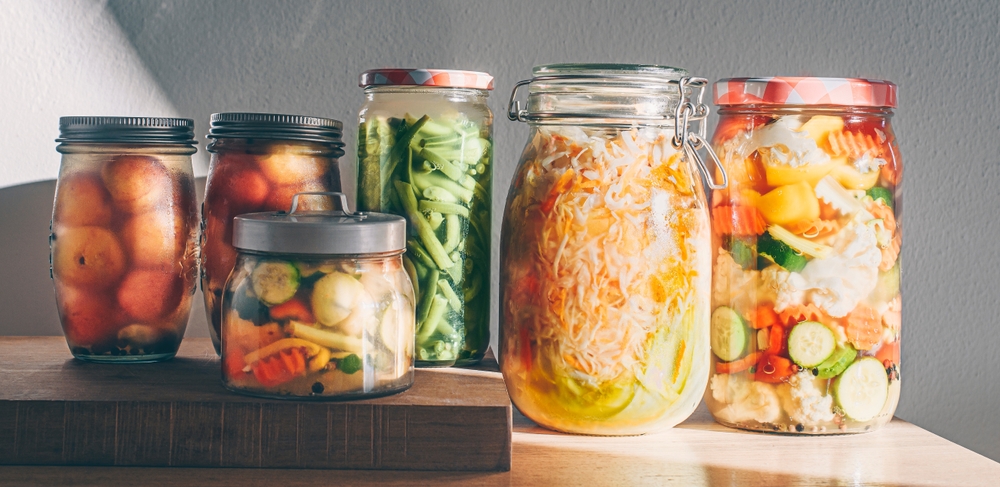Seasonal ingredient pairings to refresh your menus
Refresh your menus by pairing seasonal ingredients in ways that highlight flavor, reduce waste, and support sustainable sourcing. This piece explores practical pairings, preservation techniques, and menu approaches that work across cuisines and both food and nonalcoholic beverage offerings.

Refreshing a menu with seasonal ingredient pairings is more than swapping one item for another; it’s about creating coherent combinations that highlight natural flavors, reduce waste, and connect dishes to local sourcing cycles. Thoughtful pairings can transform simple recipes into memorable plates by balancing texture, acidity, and aroma while supporting sustainability and cost control. This article outlines practical pairing strategies, preservation methods, and menuengineering ideas that work across a range of cuisines and dietary styles, including plantbased and nonalcoholic options.
How can sourcing shape seasonal menus?
Sourcing decisions determine what’s truly seasonal and influence both flavor and cost. Prioritize relationships with local farms, fishers, and markets to get produce and proteins at peak ripeness; these ingredients often need minimal alteration to shine. Emphasize transparency about sourcing where appropriate on menus so guests understand provenance. Rotating menu items around supplier availability allows chefs to experiment with small-batch pairings—such as a soft cheese with early-summer stone fruits or beets with late-fall apples—and to incorporate foraging finds like wild herbs when permissible and safe.
What seasonal pairings enhance flavors?
Classic complementary pairings—acid with fat, sweet with bitter, and crunchy with creamy—hold true across seasons. In spring, pair tender greens with preserved citrus and toasted nuts; summer favors ripe tomatoes with cooling herbs and a splash of vinegar; autumn highlights roasted root vegetables with warming spices and aged cheeses. Use these principles to build recipes that let one ingredient lead while others provide contrasting notes. Consider how spices and aromatics shift perception of sweetness and umami to craft balanced plates that read clearly on a menu.
How does fermentation add depth?
Fermentation extends shelf life and introduces complex umami and tangy notes that can enliven seasonal menus. Quick ferments like lacto-fermented pickles or kimchi transform surplus produce—turning cucumbers into bright accompaniments or cabbage into hearty slaws. Fermented condiments such as miso dressings or preserved lemons bring depth to otherwise light summer dishes and can bridge cuisines by pairing with roasted or grilled proteins. Fermentation also supports sustainability by reducing spoilage and enabling chefs to repurpose ingredients into signature flavors.
Plantbased pairings and preservation tips
Plantbased menus benefit from pairing hearty grains, legumes, and seasonal produce to create satisfying mouthfeel and nutrient balance. Combine roasted squash with lentils and toasted seeds for texture, or use caramelized onions and mushrooms to add savory richness. Preservation techniques—drying herbs, freezing blanched vegetables, or fermenting greens—maintain a stable pantry of seasonal elements to feature year-round. Thoughtful preservation allows chefs to showcase seasonal flavors off-season while minimizing waste and stretching product lifecycles.
Can foraging and spices influence cuisine and recipes?
Foraging introduces unique, hyperlocal flavors that can differentiate a menu, but it requires knowledge of safe practices and legal considerations. When safe and permitted, wild herbs, greens, or mushrooms provide singular aromatic notes that pair well with familiar ingredients. Spices then act as bridges: a pinch of warm spice can tie late-harvest fruit to braised meats, while bright citrus zest and toasted seeds can accent foraged herbs. Use spices judiciously to support, not mask, the primary seasonal ingredient.
Menuengineering for leftovers and nonalcoholic pairings
Menuengineering that incorporates leftovers and nonalcoholic pairings improves profitability and guest experience. Transform trimmings into broths, compotes, or infused syrups to create new recipes—vegetable stems become pickles, fruit peels become syrups for nonalcoholic cocktails or shrubs. Design nonalcoholic pairings that complement seasonal dishes: herb-infused sodas or acid-balanced kombuchas can play off fatty or spicy menu items. Proper portion planning and cross-utilization of ingredients reduce waste while enabling a dynamic, seasonally driven menu.
Seasonal ingredient pairings reconnect menus with local cycles, reduce waste through preservation and fermentation, and broaden appeal with plantbased and nonalcoholic options. Applying simple flavor principles, sourcing thoughtfully, and using menuengineering to repurpose ingredients can refresh offerings without overcomplicating kitchen operations. Over a service cycle, these strategies help maintain consistent quality while allowing for creative expression across cuisines and recipes.





